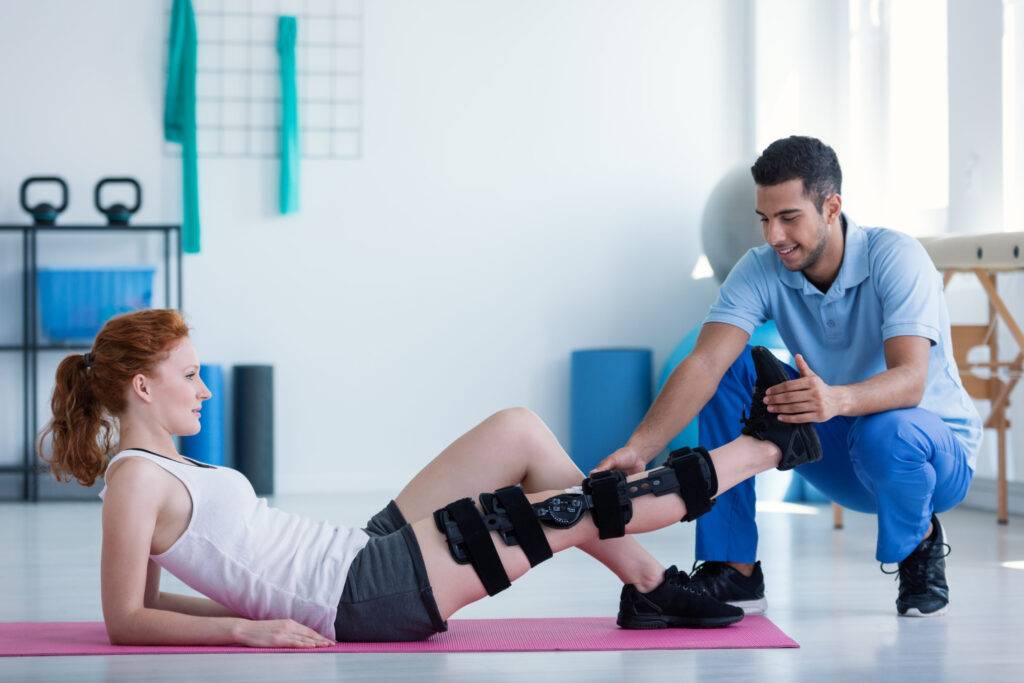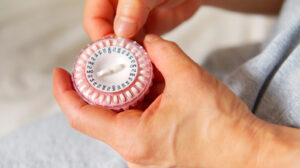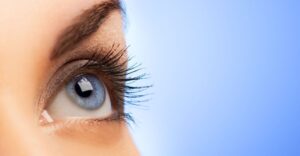Introduction To Physical Therapy – Rehabilitation Of Amputees And The Advantages Of Physiotherapy

Amputation is a major blow to anyone, both physically and psychologically. To help a person deal with the loss of a limb a team of trained professionals is engaged – a doctor, a prosthetist, a psychologist, and nurses. To rehabilitate an amputee, a physiotherapist is also required.
When a person is adjusting to life without a limb, a physiotherapist is almost indispensable in the patient’s healing process. An amputee has to deal with several physical and physiological issues the. Among these are phantom pains, which are painful sensations that seem to emanate from the limb that has already been removed, as if it still exists. These are nervous responses and require physiotherapy to overcome and treat it.
A prosthetic limb is a must-have for most amputees. Though it is a common notion that learning how to wear it is enough, most don’t realize how difficult it can be to adjust to an alien appendage. There are many amputees who have been wearing prosthetic limbs for years, but can still not function normally. Such situations only underline the need for amputee rehabilitation.
The use of a prosthetic limb can be made easier with physiotherapy. Therapy allows a person to get used to the new limb. The routine followed by the patient for this adaptation depends on individual needs and abilities.
Often amputees lose their sense of balance and have to be taught how to walk or stand without support. This is seen more often in the case of a leg or foot amputation. That, however, does not mean that a person who loses an arm will not have a problem with his balance. The redistribution of weight due to the loss of an arm can also result in balancing problems for the amputee.
Many amputees do not realize that it is possible to completely mask a limp, even with the use of a prosthetic limb, if the person learns to walk in the best suitable manner. Physiotherapist are able to train amputees during the rehabilitation program and once this limp is camouflaged, the battle is half won.
It is best to begin physiotherapy immediately after the surgery, to avoid the weakening or unequal strengthening of muscles. An amputee subconsciously uses only one set of muscles as far as possible to avoid strain on the weakened set, thus weakening them further. The sooner the physiotherapy starts, the easier it will be to address such issues.
Physiotherapy for amputees is never a generalized program. It depends on individual needs and will always be a program tailor-made to suit the patient. Exercise routines are customized according to the kind of rehabilitation required in the case of each amputee.
Massages, otherwise called manual therapies, are also included in the physiotherapy program. Exercise stresses the muscles and manual therapy helps to ease out the tension and pain from the muscles that are being taxed to adjust to their difficult situation. Other manual therapies include acupuncture, heat compresses, ultrasound massages and electrical stimulation.
In amputee rehabilitation programs, physiotherapy is an indispensable treatment. A person having lost a limb needs such therapy and help without any question. Yet there are amputees who think it is not necessary, or are too shocked to consider recovery a possibility. It is imperative that such patients be convinced to start physiotherapy to get back to their normal daily lives without feeling at a loss.







